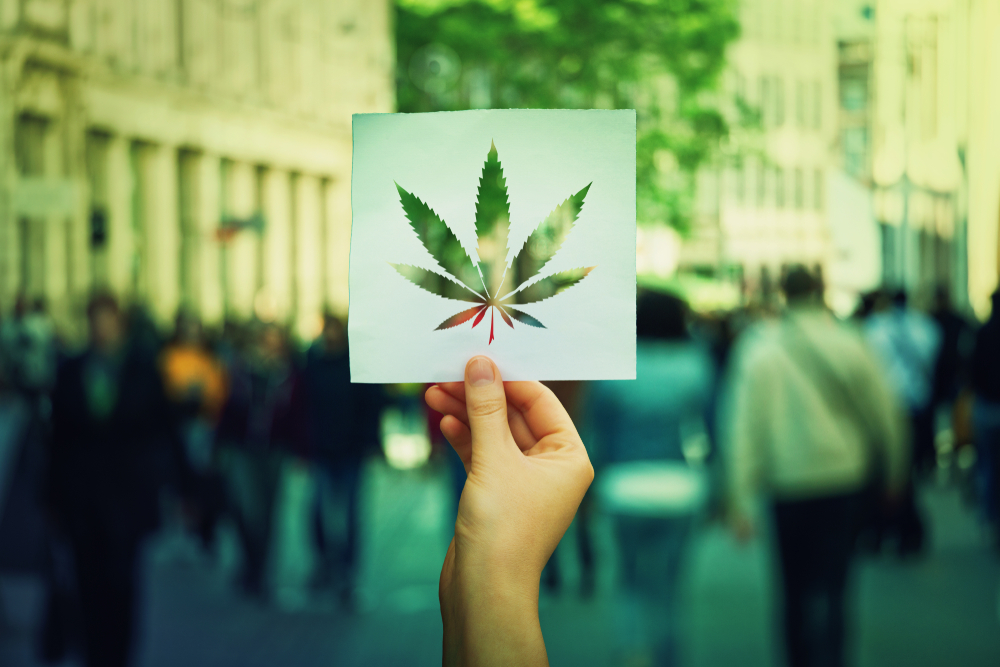Cannabis concentrates have been around for centuries, but are only now becoming mainstream. Concentrates are used for “dabbing” which is a popular consumption method because of its ease and flavour. There are countless types of concentrates, but they usually fall into two categories; solvent-based and solventless. We’ll explore both in this article, as well as how to dab.
WHAT IS DAB OR DABBING
Dabs are tiny portions of cannabis. They’re small, because they’re a concentrated amount of THC. It’s often vapourized using a dab rig; this process is known as “dabbing”.
Language around dabbing uses the word as a verb and a noun.
NOUN: The term to describe a dose of concentrate. “I’m going to enjoy this dab”.
VERB: The act of consuming the concentrate through a heating method. “Dabbing concentrates tastes better than smoking from a bong”.
That last point about dabbing tasting better is true. There isn’t much of a burning or ashy taste with dabbing like there is from a bong, pipe, or even joint. Since they’re concentrated as well, the terpenes are usually very flavourful. Concentrates are also more potent than smoking or vaping a flower.
Concentrates are enjoyed through a glass rig, which is similar to a bong, but with more parts. Rigs need a “banger” which is typically made from titanium, ceramic, or quartz. A butane torch or e-nail is used to heat the banger enough (170-370℃) to vaporize the concentrate.
SOLVENT BASED CONCENTRATES
These dabbable extracts are made from external solvents including butane, ethanol, propane, or CO2. In fact, the first modern concentrate was Butane Hash Oil (BHO). It’s like a black goo that was incredibly popular at the turn of the century. It’s still a favourite today, but we have many more options available now.
Since then, other forms of solvent-based concentrates have found a spot in our hearts including:
SHATTER: a solid, glass-like concentrate that is easy to handle. It’s usually made with butane, but CO2 and propane shatter are becoming popular.
LIVE RESINS: are an extract made from fresh marijuana plant material that hasn’t been cured yet, so it retains full flavour. Live resins are available in several consistencies including terp sauces, caviars, and diamonds.
WAX & BUDDER: these are softer, sweeter and full of flavour.
DISTILLATE: an incredibly strong option that is pure THC. It’s distilled in a clear liquid, removing most of the remaining plant compounds including terpenes and cannabinoids.
SOLVENTLESS CONCENTRATES
While there are many types available, solventless extracts are usually referred to as “hash”. These concentrates are made without additional solvents such as butane, and only use heat or pressure to form. The most common forms of solventless concentrate include:
TRADITIONAL HASHISH: This is a solid, sticky lump of trichomes. Often smoked, or used to bake with. Fun fact… Hashish is the original, the oldest form of cannabis consumption; think of it as the O.G. of weed.
ICE WATER HASH: is also called “bubble hash” or “ice wax”. It’s made by sifting the trichomes of dried marijuana using ice water.
DRY SIFT HASH: uses a fine mesh to hand-sift trichomes. This technique usually results in a granular-like extract.
FLOWER ROSIN: is the simplest form of rosin, using heat and pressure to squeeze the terpenes out of the bud.
LIVE ROSIN: is made when a freshly frozen flower has heat and pressure applied to it.
HASH ROSIN: starts with traditional hashish, and then uses additional heat and pressure to become dabbable.
KIEF: is created out of the trichomes (or sticky crystals) that fall off the fresh bud. Those tiny crystals contain numerous terpenes and cannabinoids.
SOLVENT OR SOLVENTLESS, WHICH IS RIGHT FOR YOU?
Ultimately, it’s a personal decision with pros and cons on each side. The biggest concern with solvents is the potential toxins we’re consuming. More research is needed to know how heating a dab with butane, for example, will affect us.
Solventless eliminates those concerns, and often tastes better, but you’re likely to lose more THC and trichomes in the process. That means solvent-based concentrates have more bang for their buck. One way to help counteract the loss of important ingredients though, is buying commercially extracted concentrates. They have a better success rate for keeping the cannabinoids, trichomes, and THC that you’re looking for.





Leave A Comment
You must be logged in to post a comment.